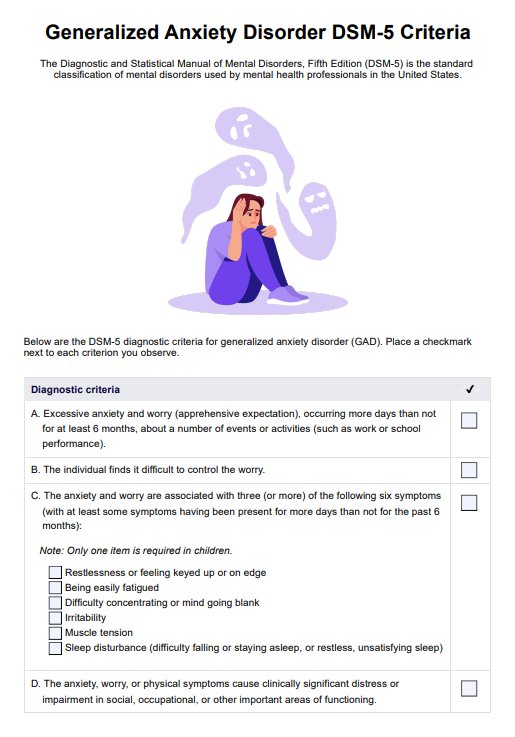Yes, the checklist can assist in diagnosing GAD, but it's no substitute for a professional evaluation. It includes symptoms like excessive worry, difficulty controlling worry, physical signs of anxiety, restlessness, fatigue, difficulty concentrating, irritability, and sleep problems. For an accurate diagnosis and proper management, consult a mental health professional.












